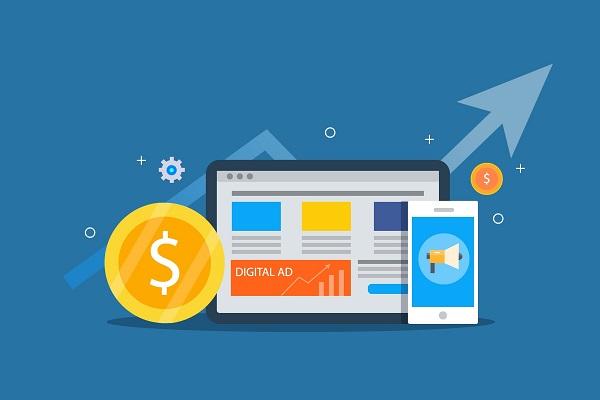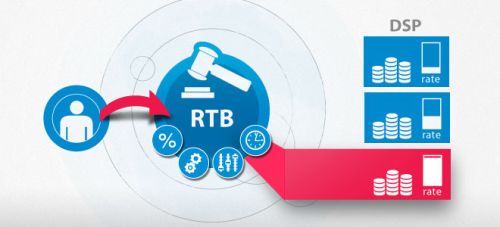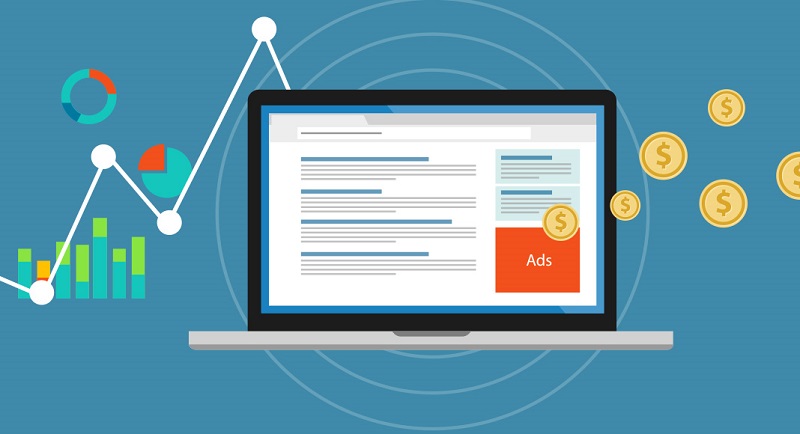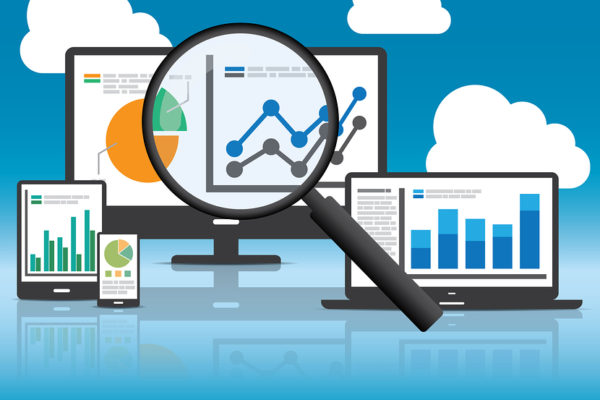What is OpenRTB

How OpenRTB started
Digital advertising’s Growth in the last decade has been exponential. Moreover with the growing ability to collect data, segment users and advertisers need to target users behavior, the advertising eco-system really lacked a way to deal with so many heavy auctions in a timely and efficient manner. Universal protocols had to be devised to support the enormous volumes of ads being auctioned while answering advertisers targeting needs, all in Real-Time.

First step – standardization
In order to create this Utopian auction environment, in a realistic world, you must first, level the playing field. No longer can anyone with their own adserver follow their own protocols. If you want to create an environment where everyone can manage billions of ads a day, the first step is normalization.
In order for this dream to become a reality, many protocols had to become standardized with very stringent specifications. such as:
- Bid requests formulation
- Bidder responses
- Ad formats
- Publisher and placement types
- Standardization of Geolocation, device and other data definitions
- Header bidding
- Billing and loss information
- Normalization of outstream video

Second step – early implementation
As always, the larger companies in AdTech noticed the impeding problems with the ecosystem’s lack of proper auctioning protocols. Using a standardized auction and decisioning provided AdTech giants a great offering to their demand partners and increased their value-added proposition for their supply partners. This was the first step for companies like mediamath, dataXu, Turn, Rubicon and pubmatic to implement the OpenRTB protocol into their adserving.

Third step – adoption
Once the standardized process proved to be so successful many companies started seeing the benefits of OpenRTB and created an entirely more efficient eco-system of buying and selling digital ads.

Fourth step – Support
Shortly after the success of the initial trial IAB standards were introduced, github resources were created, SaaS platforms were created and OpenRTB on its own became an entire ecosystem within the digital advertising realm
Result
A protocol that Greatly benefits media owners and ad agencies.
Advantages of OpenRTB

Data driven
Instead of hit-and-miss campaigns and rough insights into performance, RTB allows brands to continually optimize their campaigns based on numerous data-points, from ad placement, time of day, page content, visitor data, etc.

Scalability
One great advantage of real-time bidding is the ability to quickly and easily tap into global inventory – in real time. This means targeting anything from countries to individual, high-value customers with ease.

Personalization
One primary result of RTB’s scalability and data-driven operations is being able to personalize ads down to the most granular level. Now, when a visitor arrives on a site, he or she can be served distinctly personal ads that have a much greater appeal. Advertisers love this because of higher conversion rate potential and publishers love it because they can maximize the value of a single impression based on data and the ability to connect brands with the visitor in real time.
